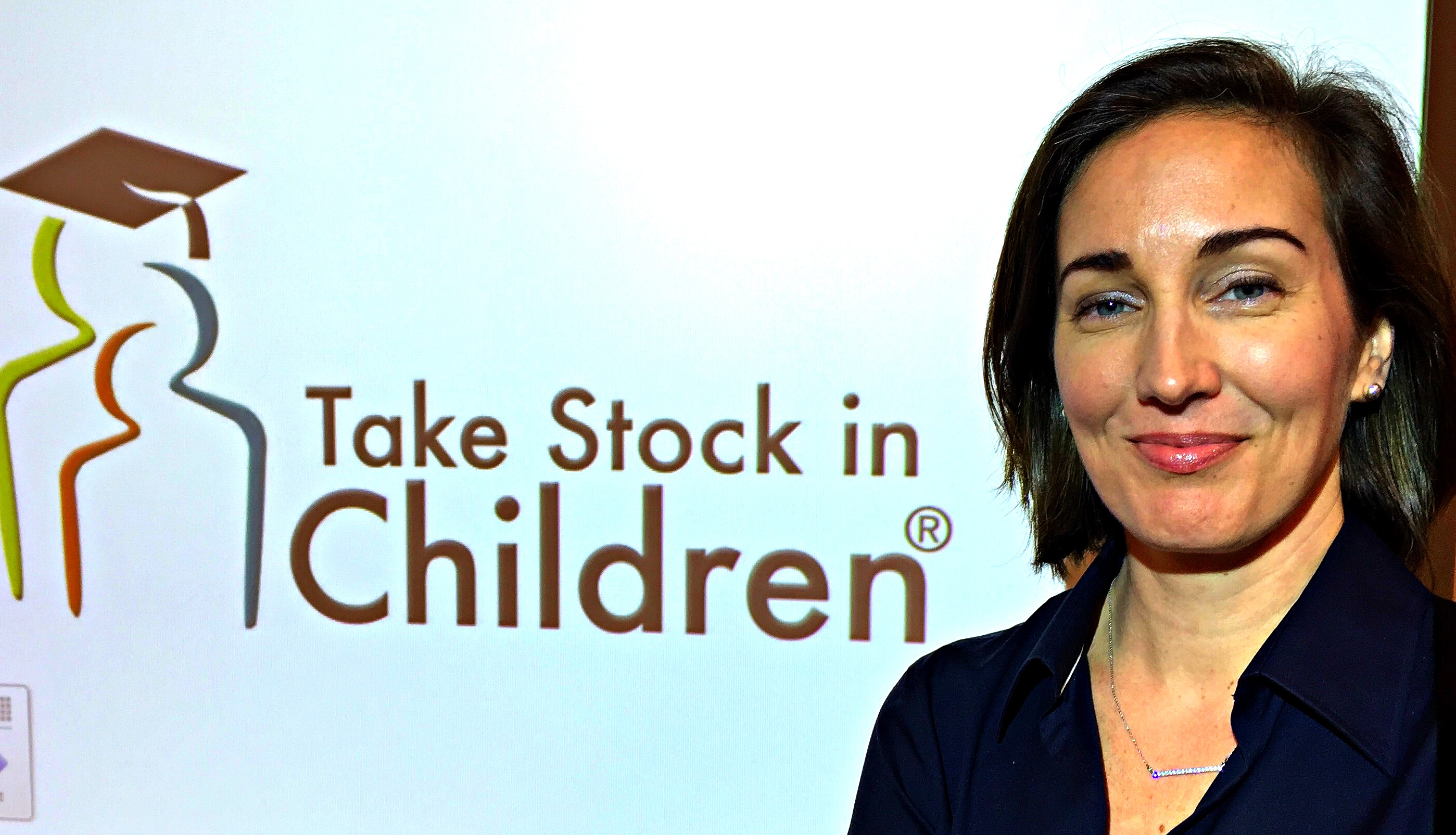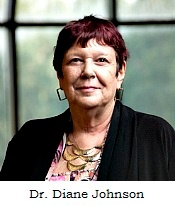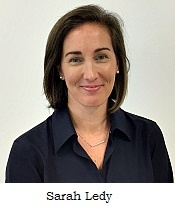Instructional Design Course Blends Real-World Experience, Giving Back
Students in Saint Leo's online instructional design program develop an instructional intervention for a non-profit for their capstone course.

Students in Saint Leo's online instructional design program develop an instructional intervention for a non-profit for their capstone course.

 From day one of her online master's degree program in instructional design (MSID) at Saint Leo University, Sarah Ledy was gaining real-world knowledge and skills.
From day one of her online master's degree program in instructional design (MSID) at Saint Leo University, Sarah Ledy was gaining real-world knowledge and skills.
In September, the 10-year high school English teacher put her knowledge and skills to work developing an instructional intervention for Take Stock in Children (TSIC), a non-profit organization in Florida that helps deserving low-income youth escape the cycle of poverty through education.
The intervention was the final project in Ledy's MSID degree program – the product of its capstone course, "Applied Project in Instructional Design," which challenges students to provide an instructional design solution to an instructional problem in a non-profit organization in their community.
Adjunct professor, Dr. Diane Johnson, who designed and teaches the capstone course, says it is intended to give students an opportunity to give back to their community pro-bono, using what they have learned throughout the program.
Since Johnson began teaching the course in 2009, she's seen more than 100 student projects come to fruition, including teaching shift duties to volunteers at a community pantry, teaching volunteers to clean the adoption room at a no-kill cat shelter, guiding teachers to transition public school classrooms to a blended learning model, and teaching trade-focused mathematics courses to residents at a juvenile detention facility.
"It gives them experience with a first client in a non-threatening way, and pulls in Saint Leo's core value of community, she says.
 Students in the 16-week course are challenged to design an instructional intervention using the Dick and Carey model, a well-known, process-based model for instructional design
Students in the 16-week course are challenged to design an instructional intervention using the Dick and Carey model, a well-known, process-based model for instructional design
"Real-world instructional design with a real client," says Dr. Johnson. "Students go into their communities to find a non-profit organization to work with and design instruction according to the needs defined by the organization."
When it came time to choosing a non-profit, Ledy knew she wanted an organization focused on education. She'd heard of TSIC and its efforts to motivate high school students to stay in school and earn a college degree.
Students selected for the program – high-achieving students from low-income families – are paired with a mentor who commits to support and motivate the individual throughout high school. Students who complete the program and achieve predetermined standards are awarded a college scholarship.
"I was really interested in the mission of the organization," Ledy says. "As a teacher, I can see the positive effects; I see how it really changes lives."
 After meeting with local chapter director Meghan Magamoll to discuss the organization's needs, Ledy decided on an intervention to teach mentors about poverty.
After meeting with local chapter director Meghan Magamoll to discuss the organization's needs, Ledy decided on an intervention to teach mentors about poverty.
"I wanted to create training focused on understanding what poverty is and why some of these students make the choices they do," she says. "I wanted to eliminate misconceptions about poverty – for example, that all people in poverty are lazy or don't work – and I wanted to teach mentors about the resources available to students and how to access those resources."
"It's important to know who your learners are," adds Johnson. "To reach kids in poverty, you need to understand where they are coming from."
Ledy's first step – a front-end analysis and online survey – provided information about TSIC and its challenges as well as perspective on the point of view of mentors.
Over the next several weeks, she developed the 40-minute instruction, a PowerPoint to be presented at mentor luncheons, along with handouts, a pre-test, post-test, and instructional manual.
"It was nice to see it all come together," Ledy says. "Megan was pleased and is planning to use it at TSIC's next quarterly training for mentors."
Ledy credits the instructional design process with making her a better teacher.
"It makes me more aware of the choices I make as a teacher," she says. "It has taught me to break down steps – to create and evaluate instruction."
Ledy's experience had an additional outcome – she's signed on as a volunteer with Take Stock in Children, and today mentors a student at the school where she teaches.
"By the end of the project, I saw how the organization changed lives for the better, and I wanted to be a part of it as well," she says.
It's an outcome Johnson has seen again and again.
"Many of our instructional design students continue to work with the organizations they chose for their project," she says. "They continue giving back and volunteering their time."
 Assistant Professor Dr. Keya Mukherjee, Saint Leo's program administrator, says that the MSID program prepares students to design, develop, implement and evaluate instructional experiences for a variety of settings.
Assistant Professor Dr. Keya Mukherjee, Saint Leo's program administrator, says that the MSID program prepares students to design, develop, implement and evaluate instructional experiences for a variety of settings.
"The program uses a constructivist pedagogical base for course development so students from various disciplines are able to engage with active learning pedagogy, in addition to building their theoretical knowledge base in the field," she says.
"The premise is that hiring managers want assurance that a prospective employee is well prepared with the essential knowledge and advanced skills needed to be current in the field. In the MSID program, experiential learning is enhanced through the use of case-based learning, simulation gaming software, project-based learning, interviews and data gathering, electronic-portfolios and field-based learning."
Although most courses include one kind of experiential learning or the other, the capstone project is the most involved, according to Mukherjee, because students are working in their last course with an actual ID project in an authentic setting.
"Simulation gaming and e-portfolio are two other very popular experiences that students share with us. I feel that experiential learning opportunities provide students with valuable hands-on experience in the field while they are still learning from professionals."
Are you interested in learning more about Saint Leo's online master's degree program in instructional design? Reach out to Graduate Admissions at 800-707-8846 and ask for Debra Cahl.
Image credits: Courtesy Sarah Ledy, Saint Leo University Communications